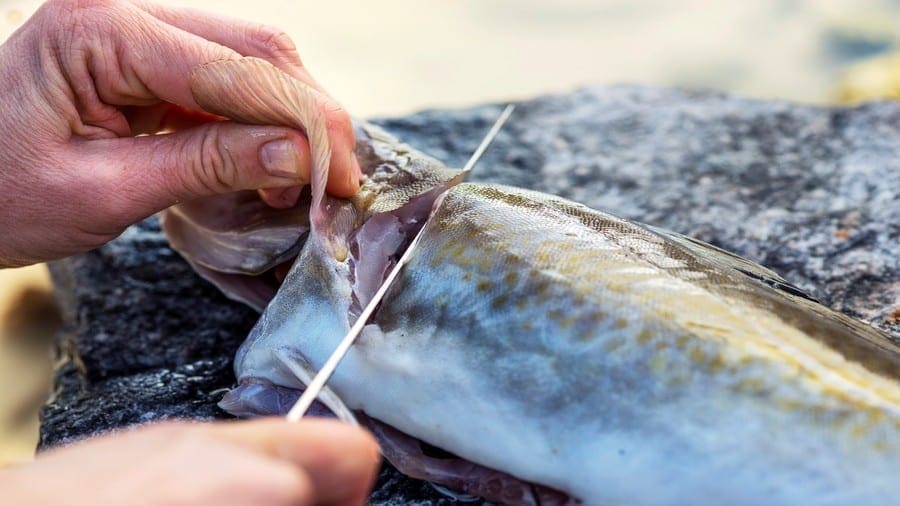NORWAY – Norway exported 640,000 tonnes of seafood valued at US$2.98 billion (NOK 25.6 million) in the first quarter of 2019, representing a 7% increase in export value from the same comparable period of the year before.
In March alone, 205,400 tonnes of seafood worth US$1.06 billion (NOK 9.1 billion) were exported, but this was a 36% decline in volume and an increase in value of 1% compared with March 2018.
The period was supported by strong growth for salmon which recorded 1% increase in volume and 7% rise in export value, mostly attributed to higher average price for fresh whole salmon.
Poland, France and Denmark were the largest export markets for Norwegian salmon in the first quarter.
The segment was further driven by growth in exports of fillet products, especially to the US market, with processed salmon accounting for 20% of the export value for salmon.
A stronger dollar against the Norwegian kroner favoured dollar market exports, compared with exports to euro markets.
“The value of seafood exports in the first quarter have reached a record high,” said seafood analyst Ingrid K. Pettersen with the Norwegian Seafood Council.
“This is mainly driven by increased prices for several of our most important species.
There are good, stable market conditions, increased demand in our key markets, and a weak Norwegian kroner against both the US dollar and the euro sets a record price for seafood exports.”
Trout exports rose to 11,100 tonnes valued at US$90.31 million (NOK 775 million) with United States, Belarus and Thailand being the largest markets in the first quarter.
There was a rise in export volume for both fresh and frozen trout fillets while processed trout accounted for 32% of the total export value, compared with just 19 per cent in 2018.
In March, 3,600 tonnes of trout were exported with a value of US$31.48 million, as volume fell by 2%.
“The volume decline in the pelagic category is due to lack of capelin this year, in addition to delays in the reporting of blue whiting from direct landings abroad”, said seafood analyst Paul T. Aandahl with the Norwegian Seafood Council.
Fresh cod volumes decline plus gains in clipfish
Norway exported 25,200 tonnes of fresh cod, including skrei, with a value of US$128.24 million with skrei accounting for 5,000 tonnes, which represents an increase of 18%.

This is a decrease in volume of 22%, and a fall in value of NOK 100 million (US$11.65 million) or 9% decline.
Denmark, Poland and the Netherlands were the export markets for fresh cod in the first quarter.
China, the UK and Lithuania were the largest importers of frozen cod in the first quarter of 2019 while there was a surge in exports to the UK which is faced with uncertainty around Brexit.
Clipfish increased 17% in terms of volume to 25,000 tonnes with Brazil, Portugal and the Dominican Republic forming the main export markets.
The increase was attributed to significantly higher prices and strong growth in February which saw major exports to Brazil, West Africa and Jamaica.
In addition, a more stable political situation following elections in Congo and a weak kroner against the dollar helped the growth trajectory.
Saltfish exports were down at 6,500 tonnes representing a decrease in volume of 24% with Portugal, Greece and Spain being the main export markets.
Both herring and mackerel gained having exported 106,000 tonnes of herring to a value of NOK 851 million (US$99.20 million) and 51,300 tonnes of mackerel, realizing record export values for mackerel in the first quarter.
Norway exported 522 tonnes of king crab, a 17% increase in volume mostly to South Korea, the United States and Spain.
3,600 tonnes of prawns were exported with a value of NOK 269 million (US$31.36 million) mainly to Sweden, while there was considerable growth for both the UK and Finland, both in price and volume.










